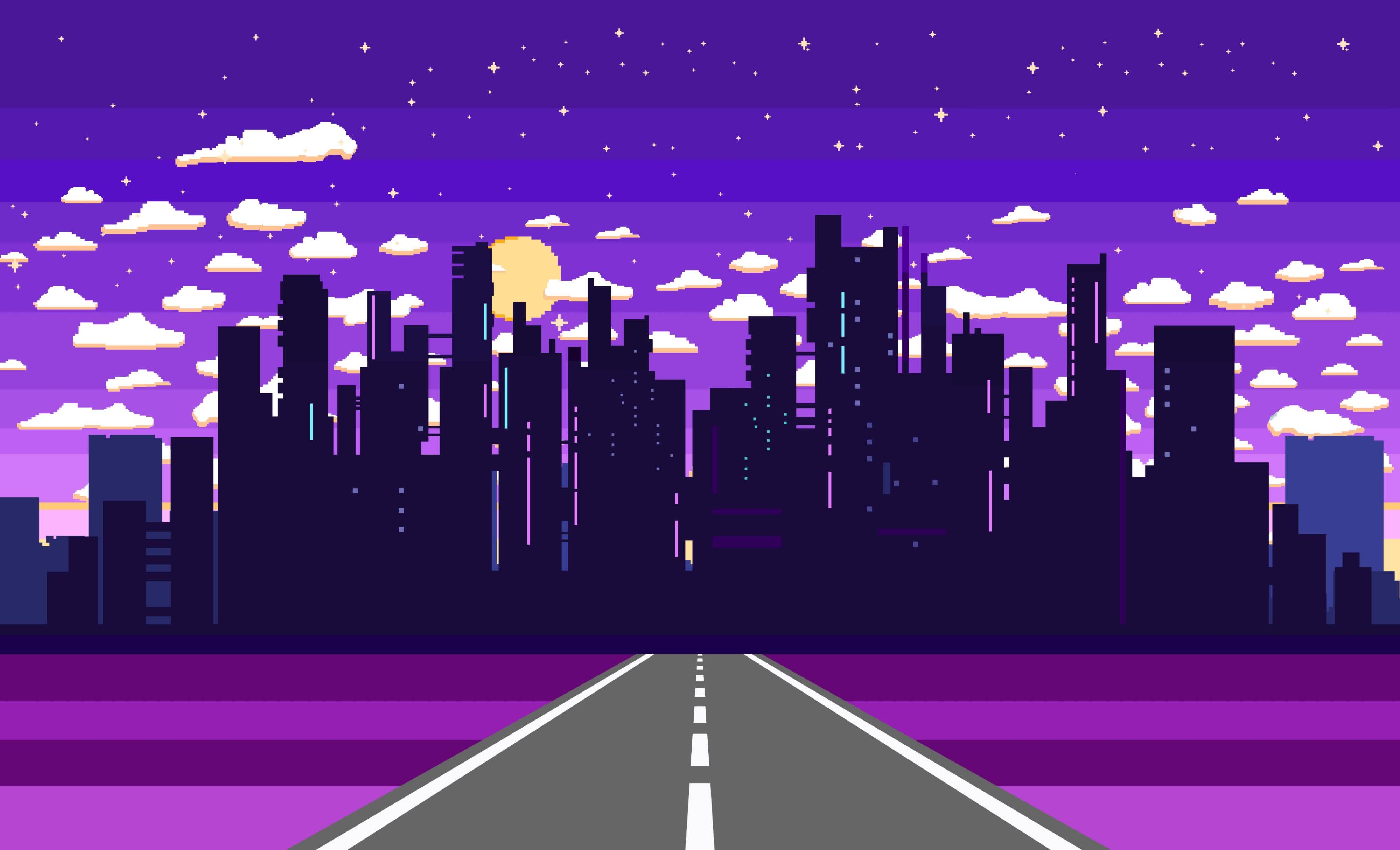Game systems from the 8-bit and 16-bit era weren't exactly the graphical powerhouses that modern consoles, PCs and even phones have evolved into. But there are many other aspects including good controls, a solid storyline and memorable characters that factor into the creation of a well-rounded game.
Quality games almost unanimously also have great sound and music.
Quality games almost unanimously also have great sound and music. Hamstrung by hardware limitations, composers of yesteryear often had to get creative in order to conquer shortcomings associated with the platforms of the time. Here are 10 prime examples where composers did just that...
The Legend of Zelda - 1986 - NES
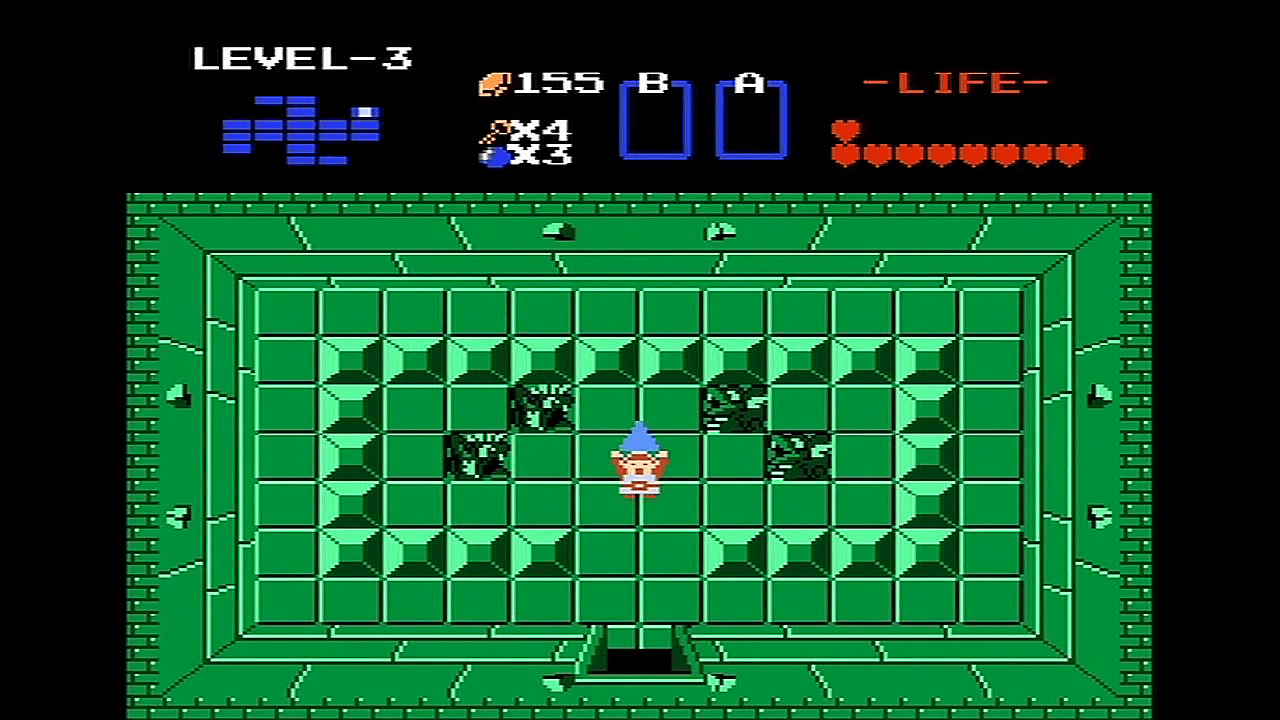
The Legend of Zelda wasn't the first game I ever played on NES. That honor, in all likelihood, went to Super Mario Bros. But it was the first title I remember playing with an enthralling soundtrack.
The moment you depress the power button and the title screen loads, you're greeted with a mesmerizing waterfall and an enchanting tune that rapidly changes to signal a serious adventure awaits.
Stick around and read the prologue or cut to the chase, select your character and hop right into a vast world set to music from legendary Japanese composer Koji Kondo.
In a 2007 interview with Wired, Kondo said that with Zelda, he was trying [to use the music] to enhance the atmosphere of the environments and locations. "The sound of Mario is kind of like popular music, and Zelda is like... a kind of music you've never heard before," he added.
Arguably more impressive than the intro and overworld tunes are the dungeon themes. The first eight underground labyrinths all share a common soundtrack but for level 9, often called Death Mountain, we get an even more unnerving track as we hunt down and prepare for the final battle with Ganon.
The only thing that may be more awe-inspiring about the game itself or the music is the retail box it came in which featured a cut-out to reveal the gold-colored game cartridge within.
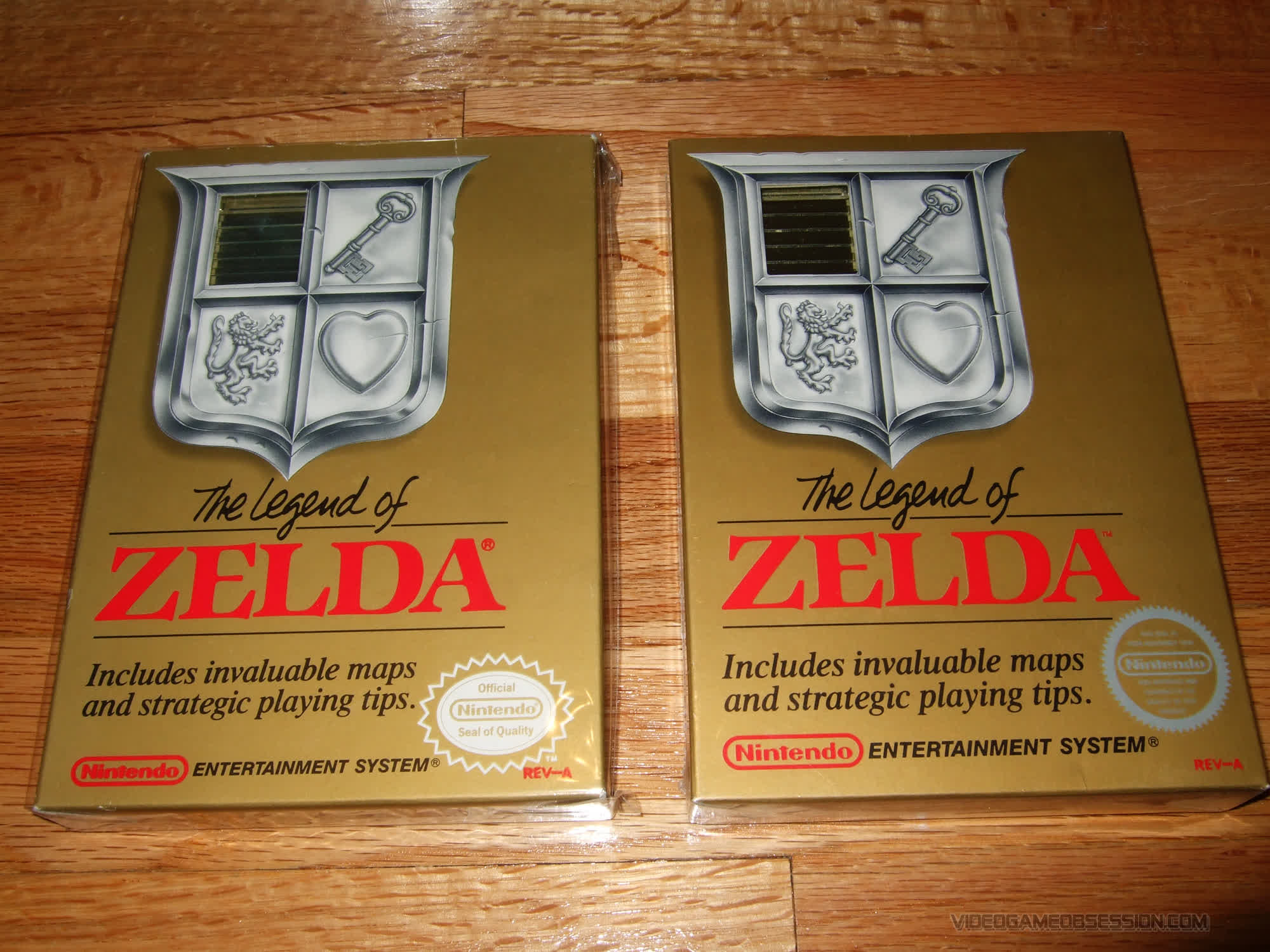
I can only imagine how many copies were sold based on this aesthetic alone. We do know, however, that The Legend of Zelda was the fifth best-selling NES game ever with more than 6.5 million copies sold over its lifetime.
Teenage Mutant Ninja Turtles - 1989 - NES
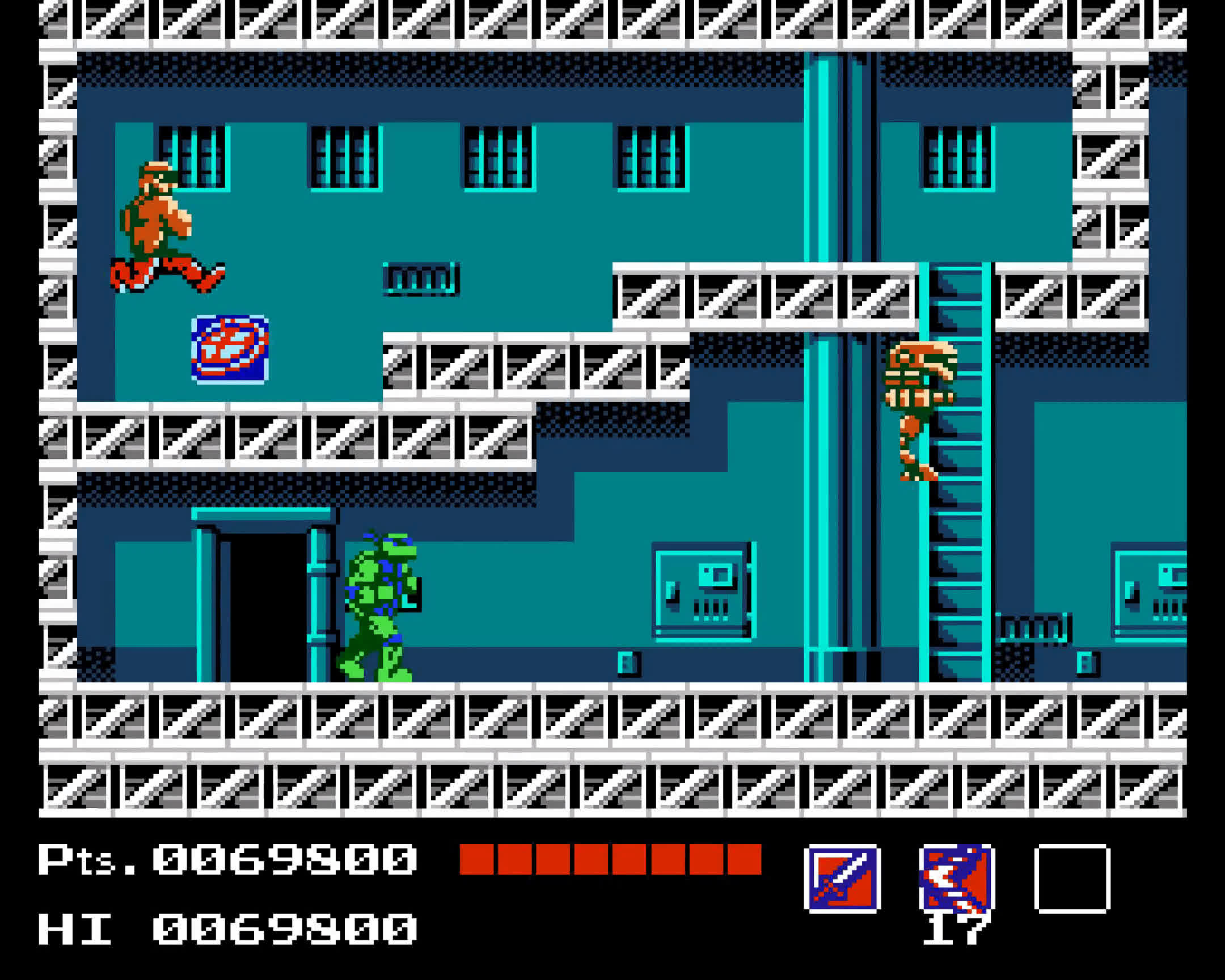
Looking to capitalize on the rising popularity of the "heroes in a half shell," Turtles creators Kevin Eastman and Peter Laird partnered with Konami in 1989 to launch one of the first video games based on the franchise.
The end result was a single-player action game that was vastly different from the beat 'em up TMNT arcade game put out in the same year. While many will remember the game as being overly difficult with clunky controls, it did serve up a quality soundtrack.
Japanese composer Jun Funahashi drew the assignment for Konami. The soundtrack wasn't all that long although it did feature some memorable tracks including the underwater bombs theme, the mini boss fight music and the main overworld theme.
I do believe the game could have benefited from using the Turtles' theme song from the animated series but considering Konami featured it in the arcade game, perhaps they didn't want to be repetitive. The Turtles franchise would go on to spawn additional games and shows, multiple feature films and a ton of licensed merchandise.
ToeJam & Earl - 1991 - Sega Genesis
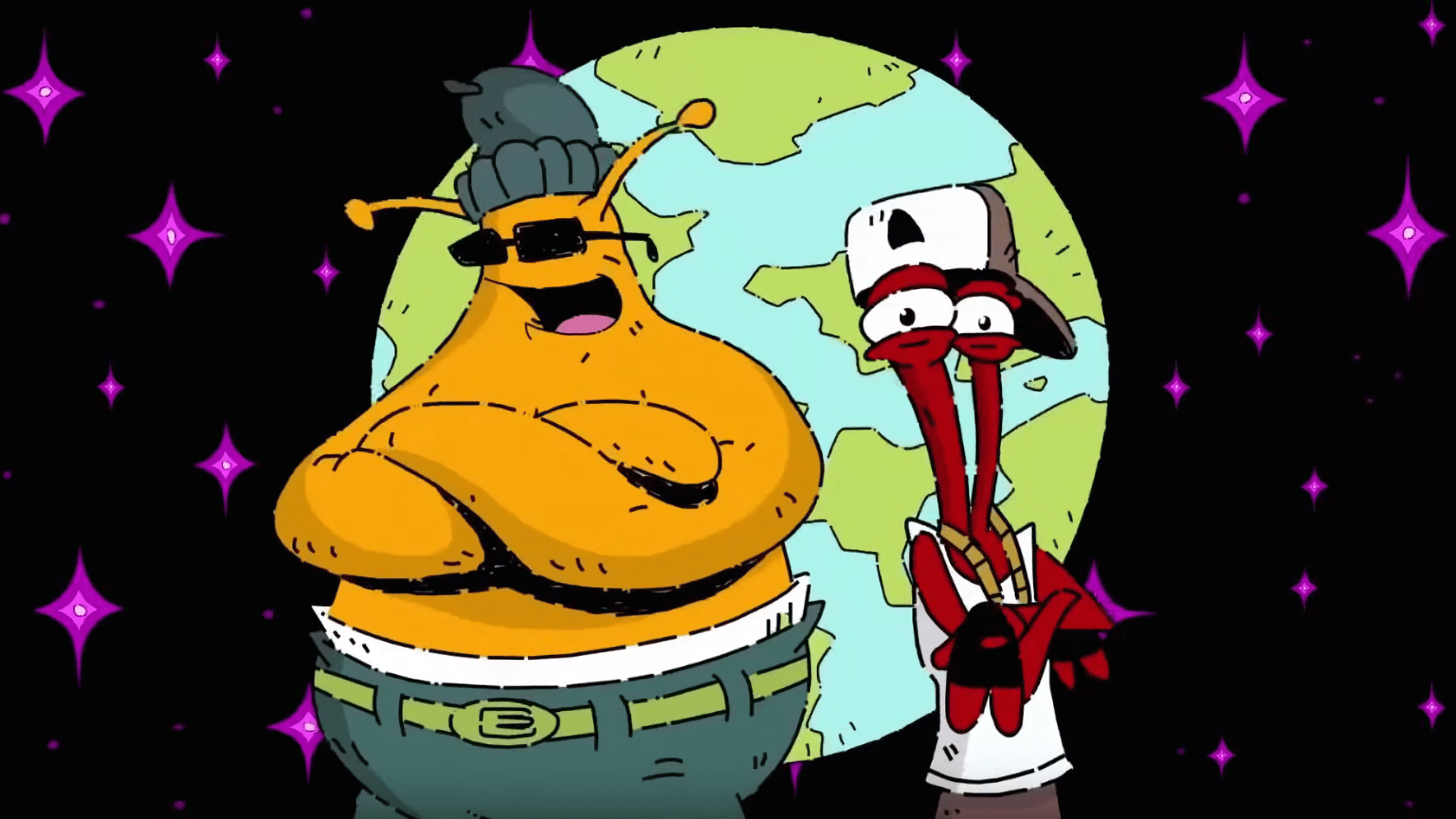
ToeJam & Earl is without a doubt the quirkiest game on this list. Conceived by Greg Johnson, the game revolves around two alien rappers that have crashed on Earth and must recover pieces of their ship in order to rebuild it and return to their home planet of Funkotron. It's a glorified scavenger hunt, really.
The soundtrack, composed by John Baker, is what really made this game. A weird blend of jazz and funk with hip hop elements, it's unlike anything that had been heard in gaming up to that point. In a 2009 write-up, IGN said Baker was inspired by the likes of Herbie Hancock and The Headhunters. Yeah, I can certainly hear that influence.
Fun fact - Johnson and Baker recorded a special version of the game's main theme, ToeJam Jammin', for use on a promotional cassette tape that was only available to Sega Visions magazine subscribers via mail order during a short period in 1991.
During the development of ToeJam & Earl: Back in the Groove more than 25 years later, someone reportedly saw the cassette for sale on eBay and asked Johnson if it was legitimate.
It was, and he even had an old copy in his garage. Backers of the Kickstarter project asked if he could include the track in the new game as an Easter egg. Johnson was happy to oblige.
ToeJam & Earl was more of a cult classic than an in-the-moment success. According to Ken Horowitz in his book Playing the Next Level: A History of American Sega Games, Sega sold roughly 350,000 copies of the game during its run. The franchise spawned three sequels including the aforementioned Back in the Groove, which launched in 2019.
Super Mario World - 1991 - SNES
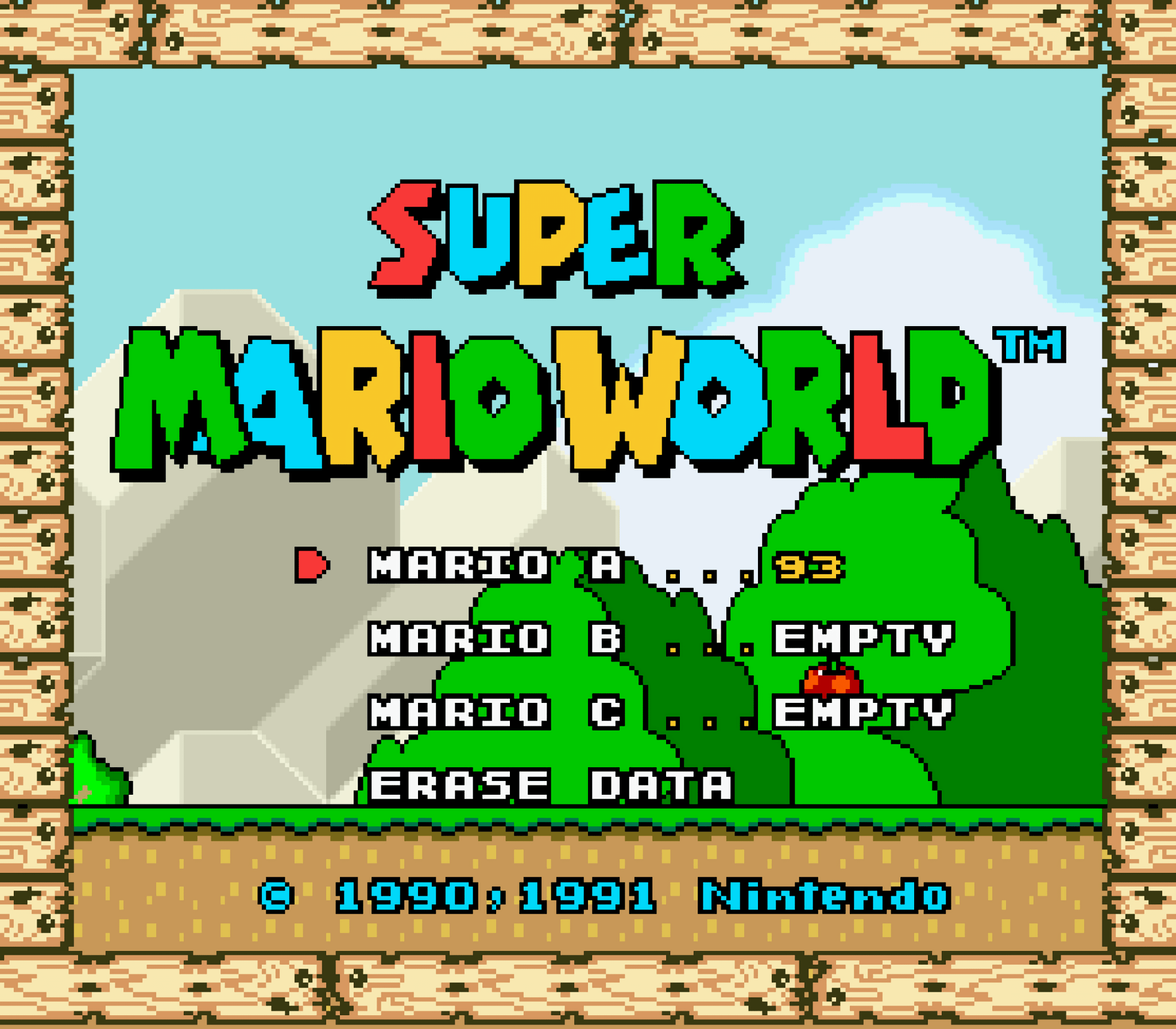
It was Christmastime, 1991, and there was only one thing I had on my wish list: a Super Nintendo. It was too long ago to recall the specifics but as the year wound down, I got into an argument with my dad about the television in my room, a modest 13-inch set. Whatever the case, it was serious (at least in my nine-year-old brain) and I dug my heels in. To hell with the Super Nintendo, I wanted a new TV for Christmas instead.
Either I was incredibly convincing or my parents really just didn't want to fool with it because they called my bluff. With what had to have been a few weeks or maybe even a month to go before Christmas, they pulled a rectangular-shaped present out from under the tree and said I could open it. Was this really happening?
As sure as night follows day, I unwrapped a Super Nintendo with a bundled copy of Super Mario World. I could have it right then and there, they said, so long as I abandoned the new TV idea. But no, I was too prideful, too stubborn. I was going all-in. TV or bust.
The SNES was returned and I ultimately got the TV I wanted. Had I taken my parents' peace offering, however, I would have gotten to experience the magic of Super Mario World and its glorious soundtrack much earlier than I did.
Super Mario World presented composer Koji Kondo with the perfect opportunity to showcase what was possible on Nintendo's new hardware. It also allowed producer Shigeru Miyamoto to finally realize his dream of gifting Mario a dinosaur companion, Yoshi.
In comparing Super Mario World to Kondo's most recent work at the time, Super Mario Bros. 3 for the NES, you can immediately pick up on the complexity of the tracks in the former.
The theme used in underground stages is a perfect example as there is just a lot going on at once. It's not enough to overwhelm the player, mind you, and is done tastefully, but it is in stark contrast to the more simplistic songs from the previous game.
Sonic the Hedgehog 2 - 1992 - Sega Genesis
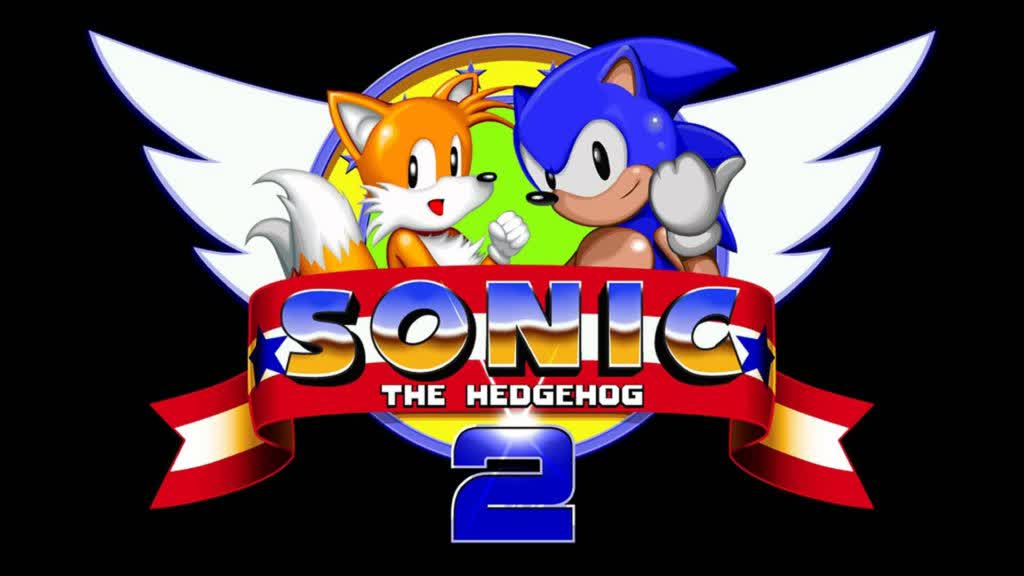
By the holiday season of 1992, Sega's top tier mascot - Sonic the Hedgehog - was gearing up for another round with Nintendo's Mario for console supremacy.
On his side was the Sega Genesis, arguably the "hipper" of the two 16-bit systems, and a new sidekick named Tails. While each console had their own pros and cons, Sega's marketing was quick to point out the advantage that tech like Blast Processing would offer the game.
And to the layman watching a trailer for Sonic 2, they'd have no reason not to believe something called Blast Processing was involved. Just look at how blazing fast Sonic can move around on the screen! It was incredibly impressive back in the early 90s and frankly, it still thrills to this very day.
Except, it was sort of a sham.
Sonic 2 gameplay was ridiculously fast for plenty of other reasons but Blast Processing wasn't one of them. In fact, it was never used in any shipped games for the Genesis; only recently has the technology been successfully mastered. But that's a story for another day.
The music for Sonic the Hedgehog 2 was composed by Masato Nakamura, a bassist and songwriter with the J-pop band Dreams Come True. He started on the project early, using concept images to get a feel for the sort of atmosphere he believed the stage would exhibit.
Sega essentially gave him free reign to work on the project so he created much of it while recording with his band in London, while they worked on their fifth album.
Each of the main stage themes had a very unique sound that meshed perfectly with their look and feel. Personally, Sky Chase Zone is perhaps my favorite, followed closely by Chemical Plant Zone.
Sonic the Hedgehog 2 was a home run for Sega, selling six million units following its November 20, 1992 release. That wasn't enough to edge out the 15 million original Sonic the Hedgehog games Sega managed to ship, but that title was a bundle with the console, which no doubt inflated sales.
Either way, Sega had a new flagship mascot on its roster to do battle with Mario and that's about as good as you could ask for during the 90s console wars.
Street Fighter II - 1992 - SNES
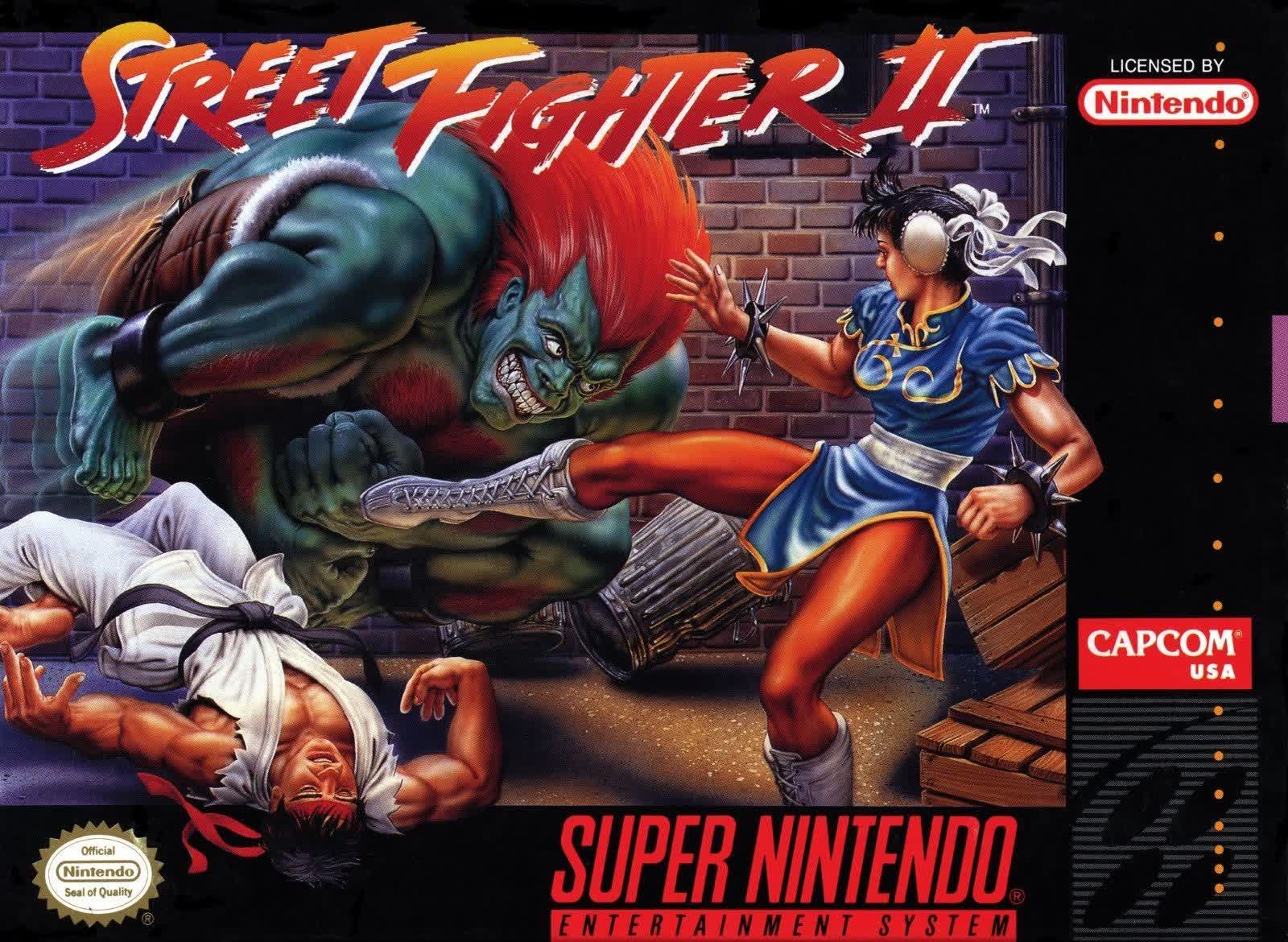
In the early 90s, there were essentially two camps when it came to fighting games: Mortal Kombat and Street Fighter. Admittedly, the first entry in the latter series wasn't all that memorable but in its second at bat, Capcom hit a grand slam with a game that was fun to play and had a great soundtrack to boot.
Street Fighter II arrived in arcades in early 1991 but it wouldn't be until the summer of the following year that it found its way to the Super Nintendo.
From the moment the Capcom logo loads and into the main theme, this soundtrack delivers.
Most of the game's music can be credited to Yoko Shimomura, a Japanese composer and pianist that has contributed to nearly 70 games at this point. One of her earliest gigs was Street Fighter II in which she was responsible for all but three of the game's tracks. Unfortunately for Capcom, she left the company in 1993 to pursue her interest in writing more classical music for role-playing games.
One of the biggest takeaways from Street Fighter II is just how well the theme song for each fighter matches their personality. Guile's stage had a patriotic feel, Blanka's made you feel like you were truly battling in the jungles of Brazil and M. Bison's theme did a good job of making you feel like you were fighting for all the marbles.
Super Metroid - 1994 - SNES
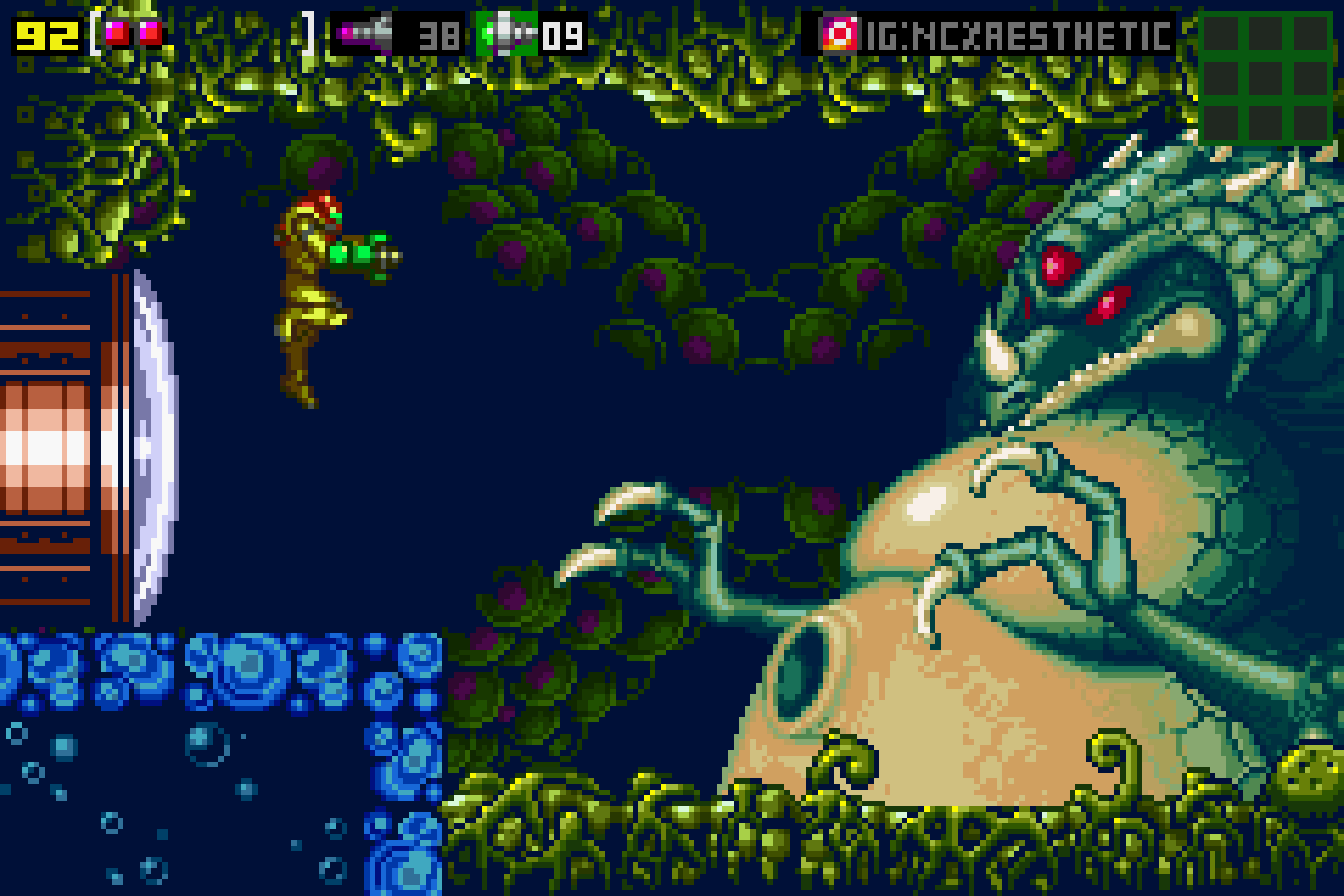
Art courtesy Reddit
"Eerie." That's the best word I can conjure up to describe the soundtrack of Super Metroid.
The third installment in the series, Super Metroid's title theme sets a spooky atmosphere that never lifts. Interestingly enough, the intro came to composer Kenji Yamamoto while he was riding his motorbike home from work one day. He instantly pulled into a parking lot, pulled out a voice recorder and started recording what he heard in his head. "For about 10, 20 minutes, just belting it out," Yamamoto said.
The next day at work, he digitized the recording and played it for director Yoshio Sakamoto who said it was good.
Yamamoto worked with Minako Hamano, who was just 24 years old at the time, on several of the game's tracks. The SNES allowed the use of recorded sounds across eight channels simultaneously, and they certainly put that newfound tech to good use. By comparison, the original NES only had four channels available.
Maridia's cavern system and sandy desert sections are among some of the game's most memorable regions. The jungle floor in Brinstar feels reasonably safe but that all goes out the window when you enter the area's underground zones. The last few sections of the game including Ridley's hideout in Norfair and the final battle with Mother Brain are just flat out spine-tingling.
Collectively, it makes for some of the best in-game music in any 16-bit title and really elevates the entire game to a whole new height. It simply wouldn't have been the masterpiece today that it is without Yamamoto and Hamano.
Frankly, I'm surprised to see it so far down the all-time sales list at number 33 with only 1.42 million units sold. If you haven't played it, it's one heck of a rewarding game that I promise you won't regret picking up.
Donkey Kong Country - 1994 - SNES
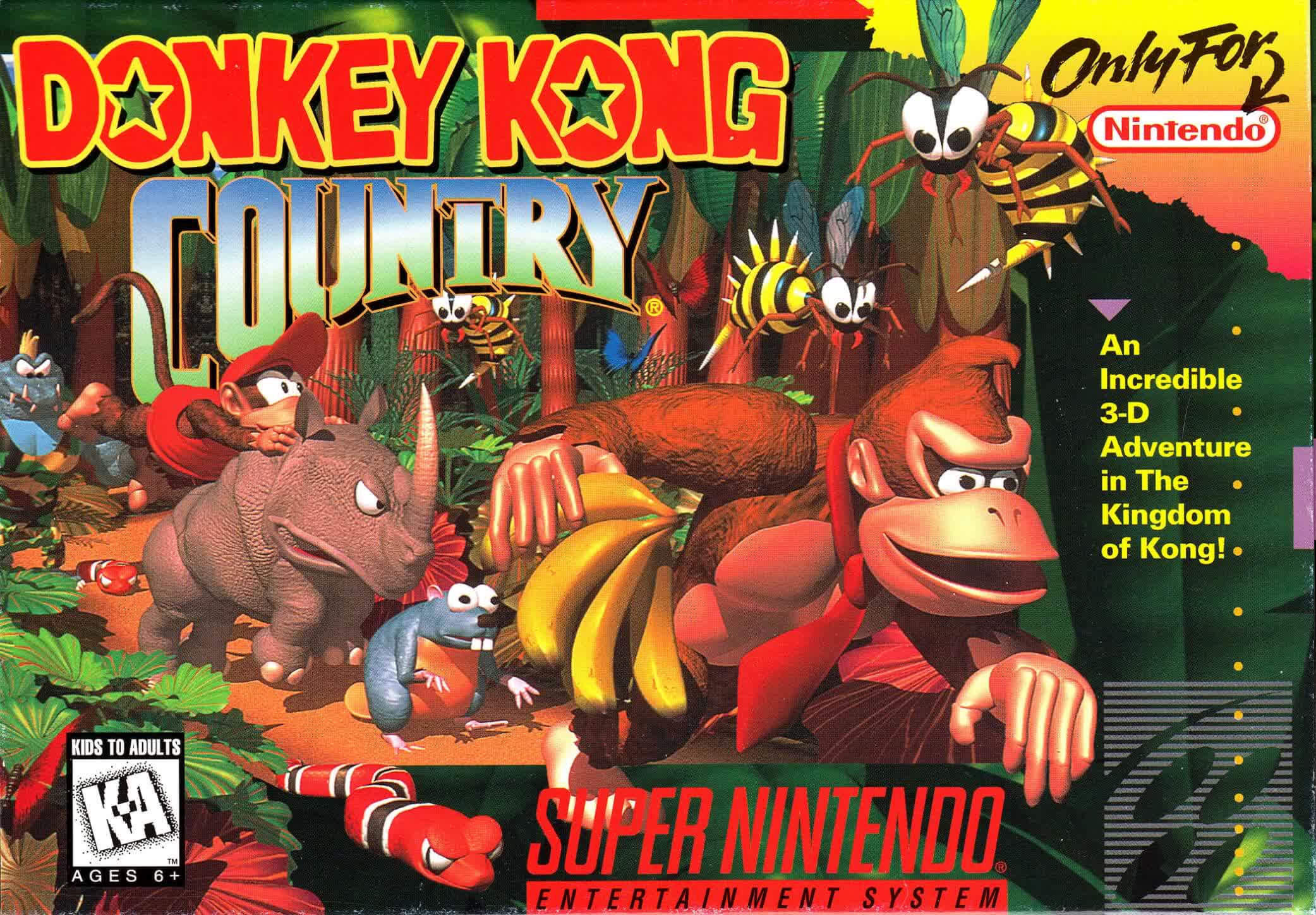
David Wise was responsible for most of the soundtrack in Donkey Kong Country, and what a gem it was. He was originally brought in as a freelancer to create three demo tracks that were ultimately blended together to create "DK Island Swing," the first level's theme song. Shortly after, he was hired as a full-time composer by Rare.
The company would show him graphics for levels and even let him play through some of the stages in order to get a feel for how they should sound. For the underwater stages, Wise spent five weeks composing what would become Aquatic Ambience using a Korg Wavestation synthesizer.
He later described Aquatic Ambience as his favorite track, and I wholeheartedly concur.
Treetop Rock is another banger that you just can't help but fall in love with. I can't imagine swinging from treetop house to treetop out without his jingle coaxing me along. Brilliant, simply brilliant.
If you've never played Donkey Kong Country, you're certainly missing out on arguably one of the best platformers of the mid-90s. That said, the soundtrack is strong enough that it can be enjoyed independently of the game. In fact, Aquatic Ambience is on my general streaming playlist and it always brings a smile to my face whenever it comes up.
Donkey Kong Country went on to become the third best-selling SNES game ever with 9.3 million copies sold worldwide.
Honorable Mentions
An article on classic video game music simply wouldn't be complete without a few honorable mentions. These outliers aren't from the 8- or 16-bit era per se, but it'd simply be remiss of me not to acknowledge them in some form or fashion due to their lasting legacy on the industry.
Daytona USA - 1994 - Arcade
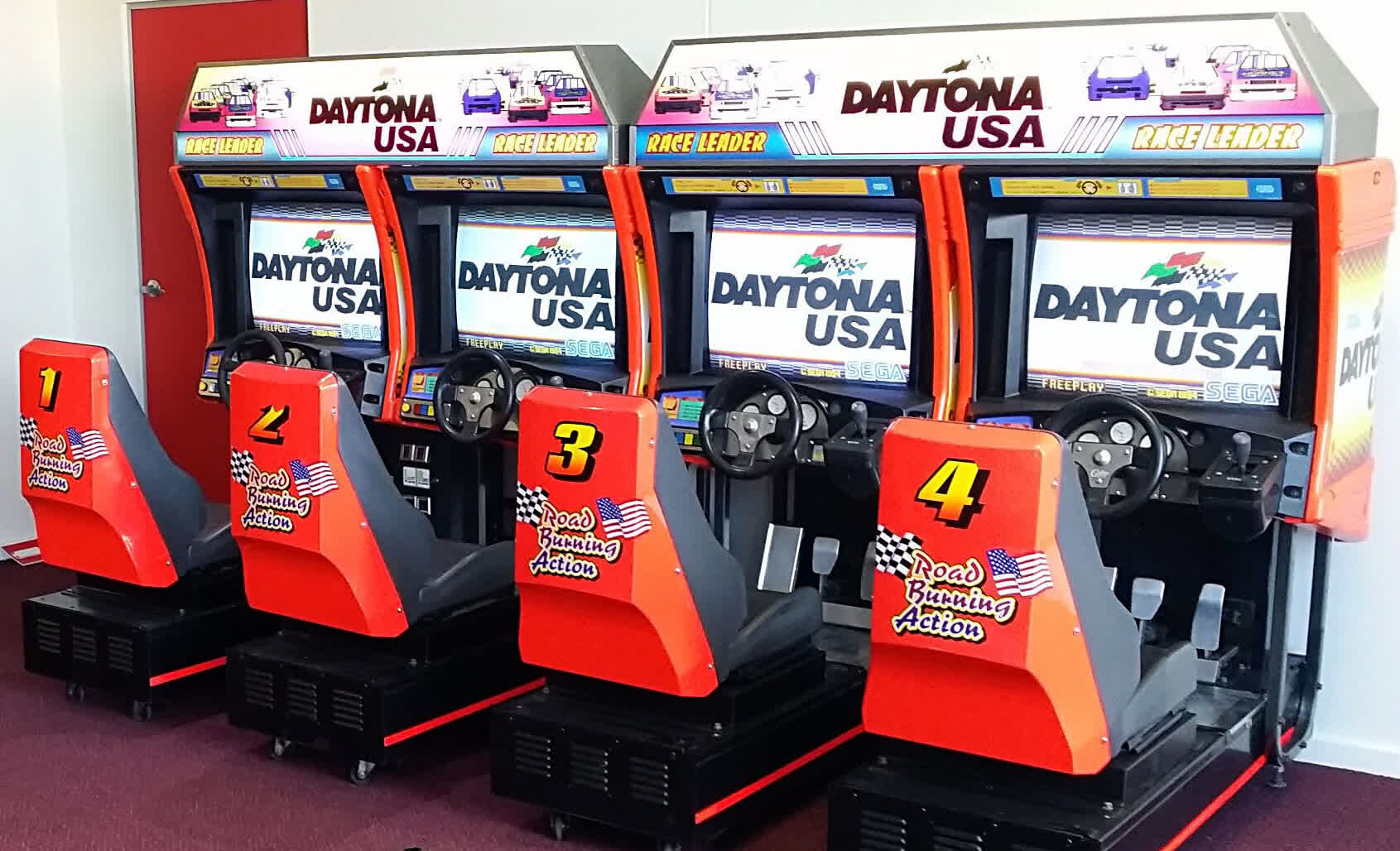
Developed by Sega AM2 and launched into arcades in 1993 before a full rollout the following year, Daytona USA was the first Sega title to utilize the Sega Model 2 arcade system board. It was a stock car racing game based off the popularity of NASCAR and thanks to some serious attention to detail, it really showed out in the arcades.
The standard twin-seat cabinet allowed for two players to battle it out. You'd sit in a race-inspired seat with functional accelerator and brake pedal, gear shifter and steering wheel. These controls alone were enough to get many to drop in their quarters, but there was more.
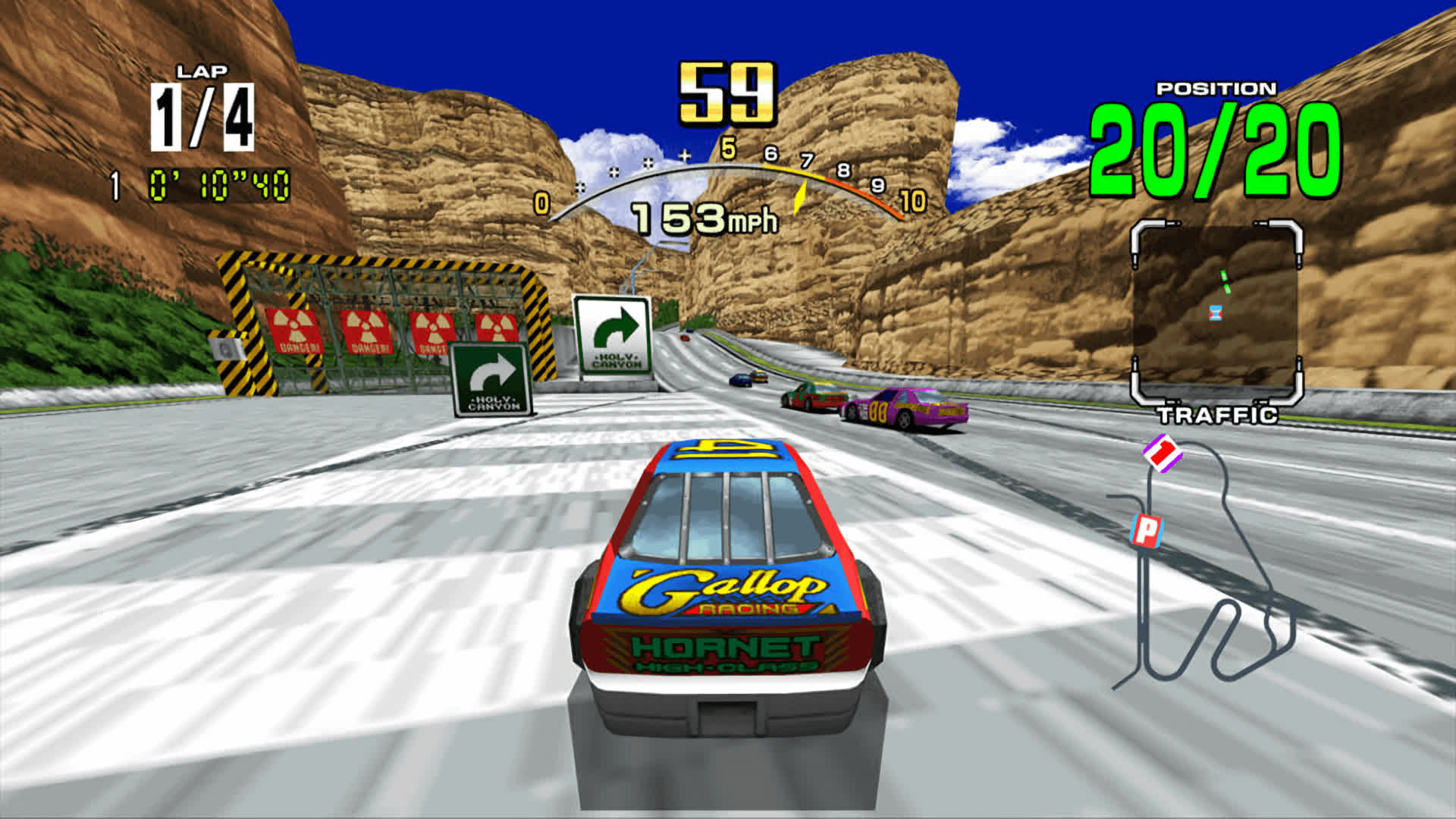
The internal hardware and software is what really made the game. Critically, Sega insisted that the game run at 60 frames per second with texture filtering in order to best Ridge Racer, a competing racing game from Namco. This gave it a buttery smooth look that few titles of the era were able to match. Realistic game mechanics like drifting and power sliding made gameplay feel much more authentic. But it also needed a killer soundtrack, and for that, Sega turned to composer Takenobu Mitsuyoshi.
Mitsuyoshi wanted the soundtrack for Daytona USA to stand apart from the crowd, and to do this, he implemented vocals. But getting them into the game wasn't easy so he had to use brief vocal samples and loop them for the desired effect. If you listen closely, you can probably pick up on it in the game's main theme, Let's Go Away.
Truth be told, the song wasn't all that spectacular. It's the fact that it's literally all you could hear as these machines took up prime real estate right at the front of the arcade and Sega no doubt cranked the volume to 11 to drown out the competition.
Just imagine being one of those arcade operators that had to hear this tune play non-stop during your entire shift. That kind of mental scarring likely never dissipates.
Techno Syndrome (the Mortal Kombat theme) - 1993
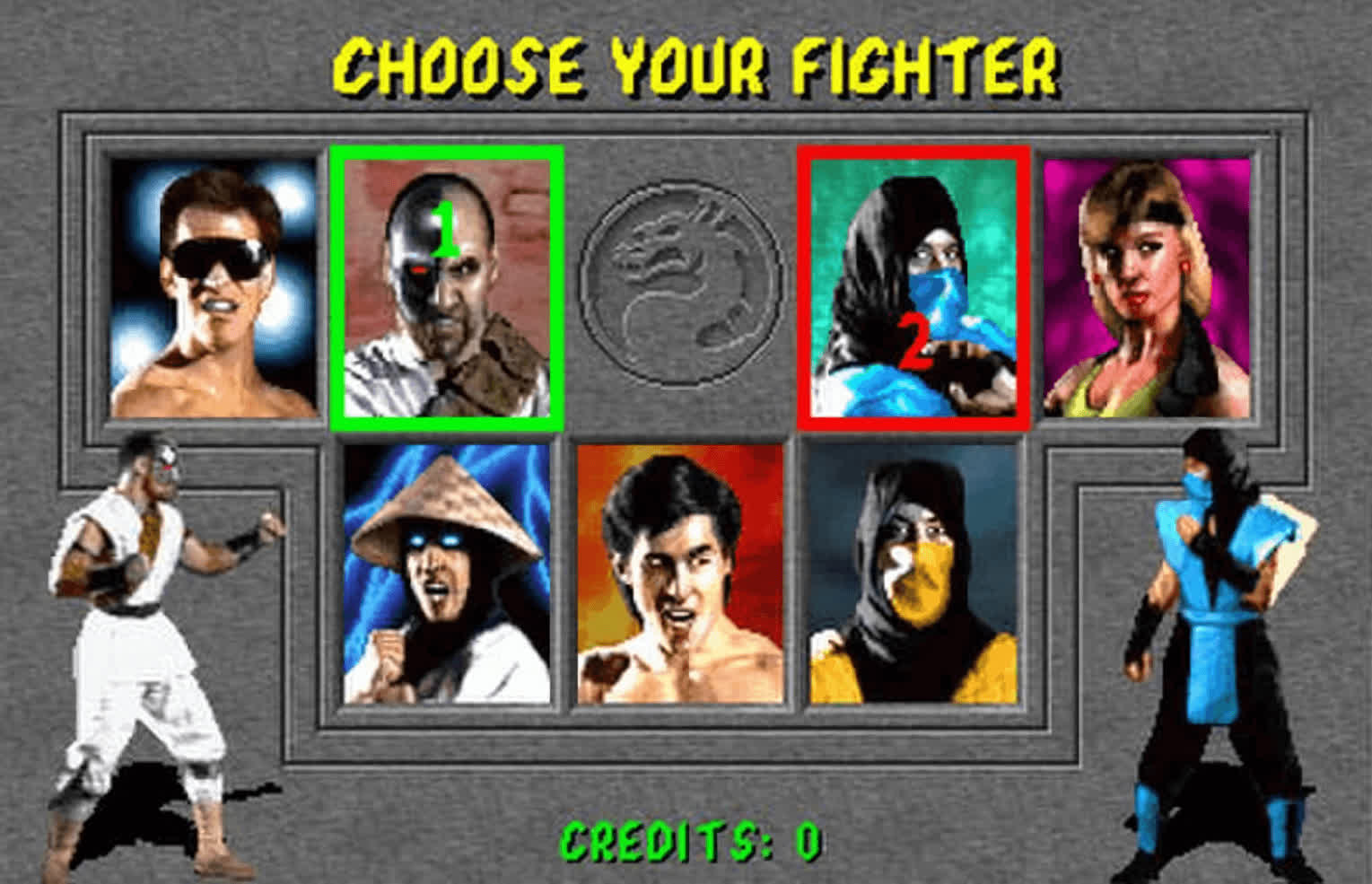
Mortal Kombat was without a doubt the hottest and most controversial video game franchise of the early 90s.
The first game in the series hit arcades in 1992, stunning players with its digitized graphics and unprecedented levels of violence. Months later, publisher Acclaim Entertainment launched a massive advertising campaign - Mortal Monday - to promote the game's September 13, 1993, arrival on the Super Nintendo, Sega Genesis, Game Boy and Game Gear.
Between the home launches of the original and the sequel exactly one year later, a 10-track music album was produced by Belgian band The Immortals. It featured tracks for each of the first game's seven playable characters as well as sub-boss Goro, and two other songs: track five, Techno Syndrome, and track 10, Hypnotic House.
Nine of the 10 tracks on the album were pretty much garbage but Techno Syndrome, released as a single the previous year, was the sole exception. The song, which featured the iconic "Mortal Kombat!" scream, became synonymous with the franchise and is perhaps the most recognizable composition on this list.
Follow-up: PC Gaming
Part two of this feature focuses exclusively on outstanding PC game soundtracks. And yes, we've got our hands full as there's a lot of excellent material to consider. Check it out here!
Add Your Suggestions to this List
With potentially hundreds of amazing games in history that had an iconic music score, this list can in no way be comprehensive, but it can be a conversation starter for you to suggest your own picks, so go for it.
